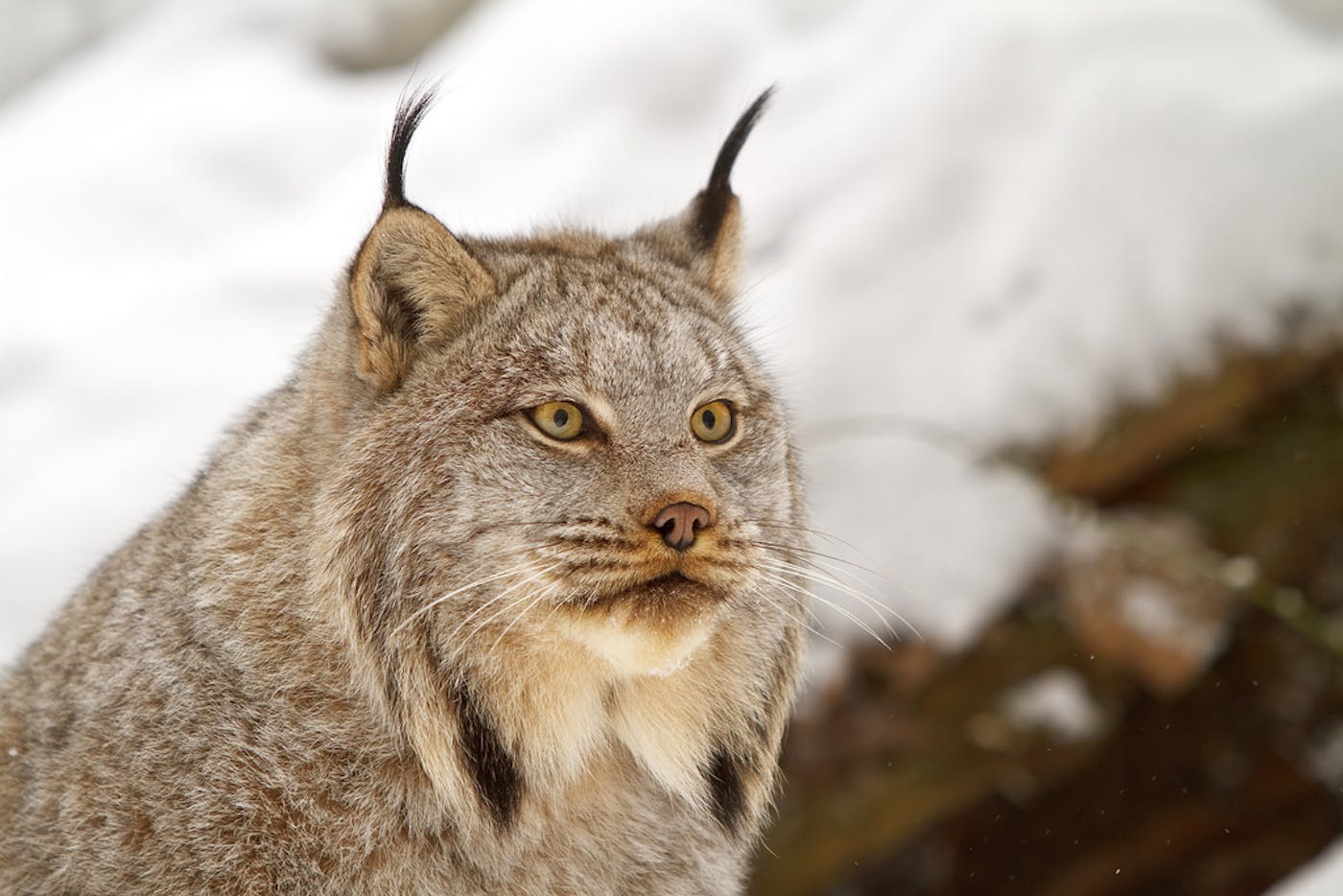Revitalizing Lynx Management for the Western United State’s New Wildfire Reality
| Bioregion | Pacific Northwest Coastal Forests (NA15) |
| Category | Nature Conservation Our project categories represent one of three core solutions pathways to solving climate change. Energy Transition focuses on renewable energy access and energy efficiency. Nature Conservation includes wildlife habitat protection and ecosystem restoration, as well as Indigenous land rights. Regenerative Agriculture supports farmers, ranchers, and community agriculture. |
| Realm | Northern America The Project Marketplace is organized by the major terrestrial realms divided into 14 biogeographical regions – N. America, Subarctic America, C. America, S. America, Afrotropics, Indomalaya, Australasia, Oceania, Antarctica, and the Palearctic realm, which coincides with Eurasia and is divided into Subarctic, Western, Central, Eastern, and Southern regions. |
| Partner | RESOLVE |
One Earth’s Project Marketplace funds on-the-ground climate solutions that are key to solving the climate crisis through three pillars of collective action — renewable energy, nature conservation, and regenerative agriculture.
Fewer than 100 Canada lynx (Lynx canadensis) remain in the North Cascades Ecosystem (NCE). Despite recent protections afforded by state and federal listing decisions, they face many challenges to their survival. The landscape this species inhabits is a highly dynamic, shifting mosaic of forests at varying stages of regeneration, intermixed with areas disturbed by wildfire and timber harvest.
To sustain a viable population of lynx in the region into the future, up-to-date information is needed to help guide and coordinate land management decisions in ways that support lynx habitat and ecosystem connectivity over time.
For example, rapid monitoring is essential when a wildfire occurs to assess the magnitude of habitat loss and fragmentation and, if conditions warrant, real-time updates to land-use plans that account for the impacts of the fire and alternative ways to support the population.
Because small local populations like the one that inhabits Washington’s Lynx Management Unit need to be connected to other regional populations to persist over time, land management decisions affecting lynx need to be coordinated at a regional scale to be most effective.
The goal of this project is to develop and deliver TerrAdapt. This spatial planning tool will revolutionize conservation planning by automating the spatial analysis steps required for habitat and connectivity modeling for lynx and other at-risk species. These automated processes are linked to dynamic data sources and run on an annual schedule so that each year, new models are produced reflecting current conditions.
This approach is cost-effective, provides managers with up-to-date information, and generates a time series that can be used to monitor trends in habitat and connectivity, quantify the impacts of disturbances such as wildfire and timber harvest, and assess the effectiveness of habitat management practices and recovery efforts.
This project serves the Lynx Working Group, a multi-institutional collaboration that works across the Washington State and British Columbia border to ensure lynx persist on our landscapes. TerrAdapt provides a common platform for monitoring, adapting management plans, and agreeing on restoration and connectivity priorities.
The Northwest Climate Adaptation Science Center funded an effort for the TerrAdapt team to work together with lynx biologists to develop dynamic habitat and connectivity models in 2021. Capacity is needed for the TerrAdapt team to work with implementing agencies on integrating the maps and supporting data into their workstreams and help interpret implications and how management plans can be adapted given the access to dynamic data now provided by TerrAdapt.
Investing in this project will bring added capacity to all working group partners, including federal, state, provincial land and wildlife agencies, First Nations Peoples, and various non-governmental organizations. This project's output will include updated management plans, which can help direct millions of dollars of land and wildlife management funds towards actions that will contribute the most to a resilient future.

